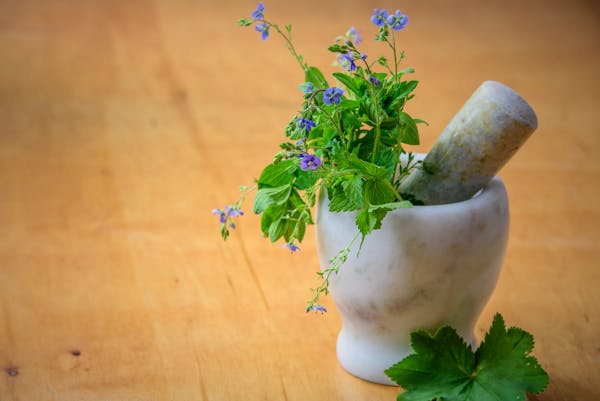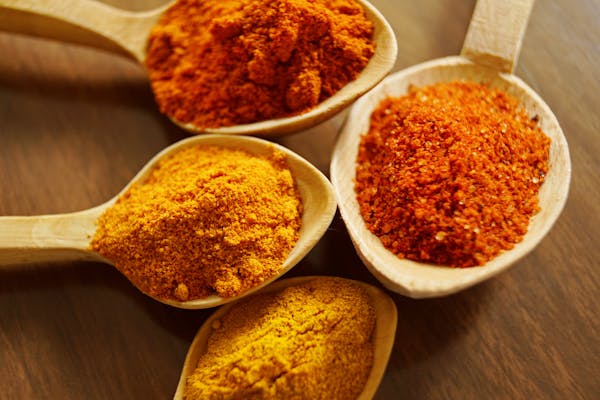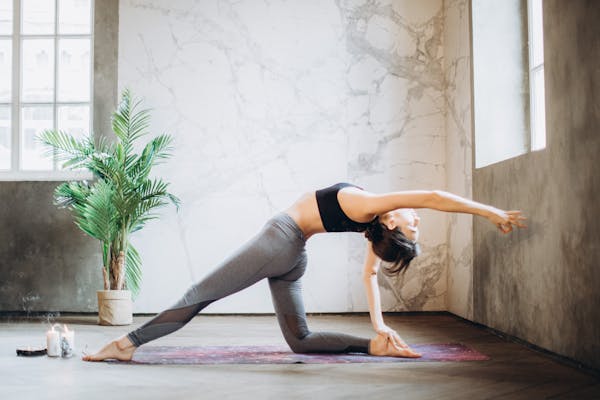What is Mechanical Ventilation?
Mechanical ventilation is a treatment to help a person breathe when they find it difficult or are unable to breathe on their own. A mechanical ventilator pushes airflow into the patient’s lungs to help them breathe.
Mechanical ventilation may be
• Invasive ventilation with a tube inserted into the patient’s airway, performed in the intensive care unit in the hospital.
• Noninvasive ventilation that can be used at home by people with respiratory difficulties.
Mechanical ventilation first came into use in 1929. The two types of mechanical ventilation are
• Positive-pressure ventilation: pushes the air into the lungs.
• Negative-pressure ventilation: sucks the air into the lungs by making the chest expand and contract.
Negative-pressure ventilation:
The early ventilators were negative-pressure ventilators. Negative pressure ventilation is very little in use now.
• Iron lung: The first mechanical ventilator, a metal cylinder which enveloped the patient completely up to the neck.
• Chest cuirass: A small shell which can be strapped to the patient’s chest to create the negative pressure.
Positive-pressure ventilation:
Positive-pressure ventilators were developed in the early 1950s to treat polio patients with respiratory paralysis. These ventilators blow the air into the patient’s lungs through a tube. They may be invasive or noninvasive.
Invasive ventilation:
• Endotracheal Intubation: the tube is inserted into the patient’s airway (trachea) through the mouth or nose.
• Tracheotomy: the tube is inserted through a hole made into the airway.
Noninvasive ventilation:
Noninvasive mechanical ventilators come with masks and can be used at home. The three kinds are
• Continuous positive airway pressure (CPAL): delivers constant and steady air pressure.
• Autotitrating (adjustable) positive airway pressure (APAP): changes air pressure according to the breathing pattern.
• Bilevel positive airway pressure (BiPAP): delivers air with different pressures for inhalation and exhalation.

















No comments:
Post a Comment